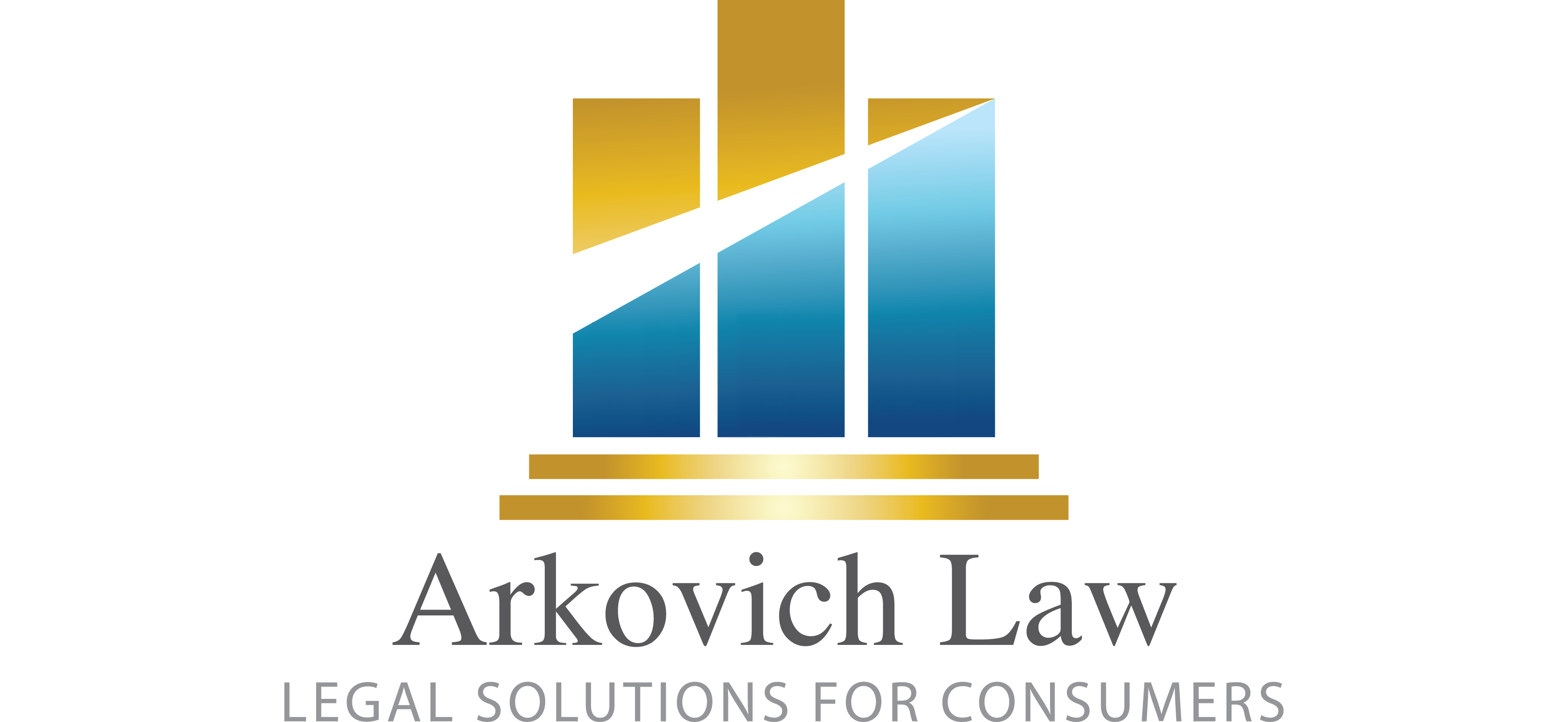 Have you received a verbal forbearance of your mortgage payment? But nothing else? Mortgage servicers have certain responsibilities by law. If you have received a verbal approval of your mortgage forbearance, but haven’t received anything in writing confirming this, not to mention advising what terms are, payment restart date etc. you have recourse under various consumer laws.
Have you received a verbal forbearance of your mortgage payment? But nothing else? Mortgage servicers have certain responsibilities by law. If you have received a verbal approval of your mortgage forbearance, but haven’t received anything in writing confirming this, not to mention advising what terms are, payment restart date etc. you have recourse under various consumer laws.
Reg X 1024.41(c)(2)(iii) requires a servicer to confirm the terms of the forbearance in a written notice sent to the borrower promptly after the forbearance is granted. A servicer is also required to continue to send periodic statements while you are in forbearance at least until the effective date of any servicing transfer to another party.
If you have questions about your mortgage, and how to catch up or reduce your payments via a forbearance, loan modification or even a Chapter 13 bankruptcy, please consider reaching out to us. Also, it’s often far cheaper to address problems early if you can and you may have more options the earlier you reach out.
 Reboot Your Life: Tampa Student Loan and Bankruptcy Attorney Blog
Reboot Your Life: Tampa Student Loan and Bankruptcy Attorney Blog

